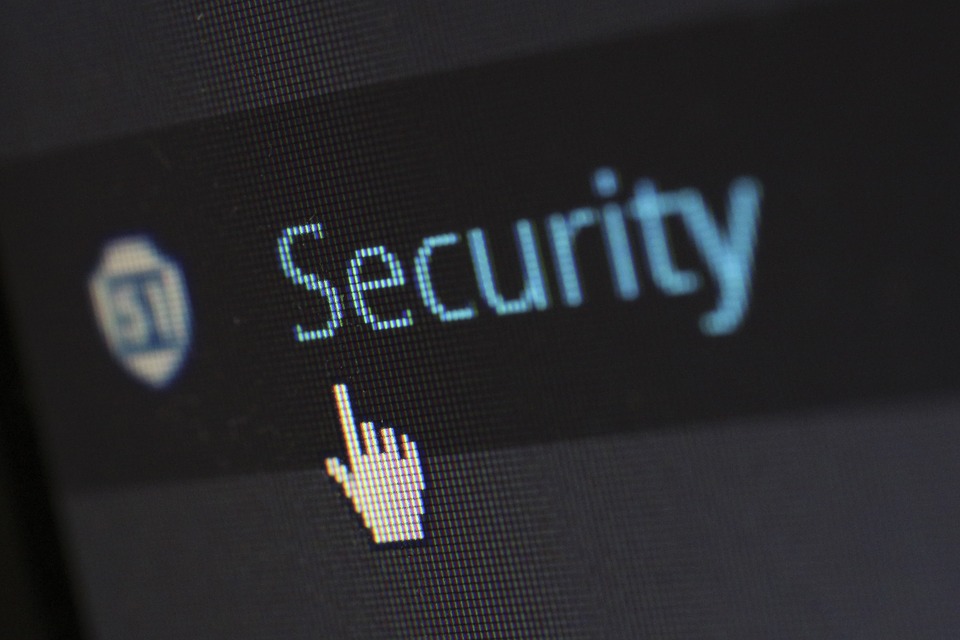A Guide to Improving Your Home Broadband Security
The internet can be a scary place at times. Most of us simply use our home broadband connections to browse social media, binge-watch our favourite shows and order our weekly shopping, but even these casual browsing sessions could quickly see you become the victim of hacking, malware or even identity theft.
Although you might assume it’s very unlikely you’d be targeted for attack, data from the AV-TEST Institute shows that there are over 350,000 new malicious programs (malware) created every single day. Perhaps more alarmingly, there are now more than 910 million pieces of malware across the worldwide web, marking a staggering increase of over 850 million in just the past 10 years.
When you haven’t taken the proper precautions, browsing the internet can become an endless minefield of viruses and bugs, with the prospect of hackers stealing your personal information causing an understandable cause for concern. In the face of these growing malware figures, you need to take steps to improve the security of your broadband.
Change Your Username and Password
Upon choosing a deal from a particular internet service provider (ISP), you’ll be sent a router needed to set up your new broadband connection. This router will come with a default username and password, often displayed on a small card or sticker attached to its underside and involving a seemingly random combination of letters and numbers.
Unfortunately, these randomly generated details often follow a template set out by the ISP, meaning they’re much easier for a potential hacker to guess. To combat the issue, you need to change these details to something completely unique, with a strong combination of uppercase, lowercase, numbers and special characters.
These settings can be altered directly through your browser; you just need to enter your IP address into the address bar and then navigate to the relevant menu. While this may depend on your chosen ISP, this can usually be found under the “settings” or “security” tabs.
Change Network Name
As well as a default username and password, your broadband connection will also come with a determined network name. In most cases, this includes a combination of numbers alongside the name of the ISP or router manufacturer; for example, you might have “BT12345”, “BELKIN56789” or something similar.
Not only does this inevitably make you forget which network is actually yours, but it also provides hackers with a tempting opportunity. Since these default network names allude to the type of router you’re using, this means hackers know exactly which weaknesses to target and increases the chances of them successfully breaking through.
Enable a Network Firewall
Most routers include a network firewall as standard, but you still need to log onto the settings to make sure it’s actually been enabled (you can even do this when changing the router details outlined above if you’re short on time). In short, a firewall acts as a kind of data filter and sieves out the bits it deems to be unsafe, ultimately blocking out hackers.
However, even when the router’s firewall has been activated, you might want to think about installing another one to really make sure your network is secure. After all, when you’ve got double-layered protection in place, it’s twice as hard for any attacks to get through.
Regularly Reboot the Router
A significant number of cyber attacks occur because hackers have been able to find a weakness in old-fashioned firmware. By regularly rebooting your router (once every few months should do), you can always make sure it’s fully up to date, since this will allow the router to install any new software updates and patch any underlying weaknesses.

